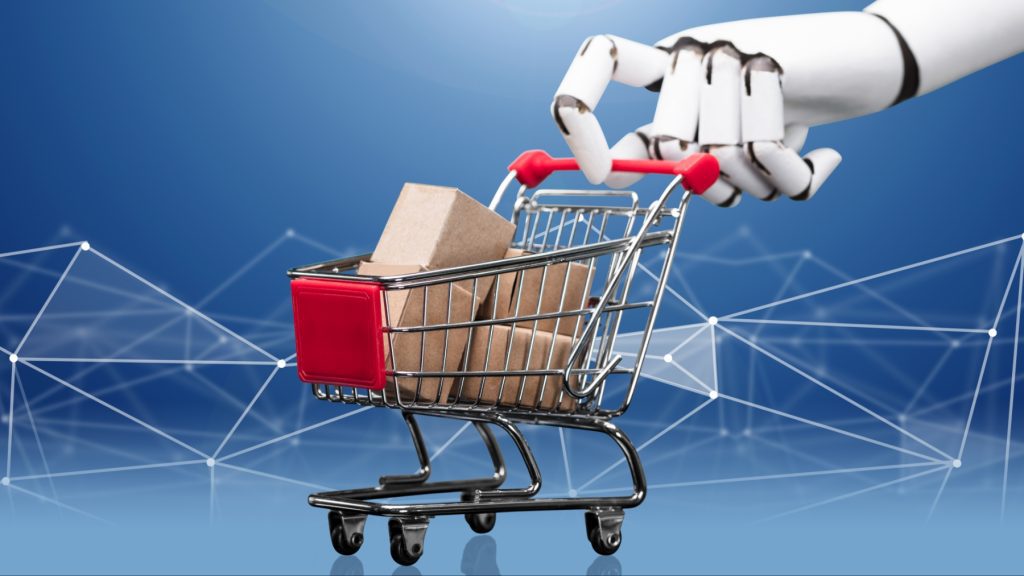
MIT’s Computer Science and Artificial Intelligence Laboratory (CSAIL) is demonstrating its new robotic software, RoboGrocery, which can bag your items with the appropriate care.
Nimble Fingers
RoboGrocery is a mix of vision, tactile sensing, and soft fingers to efficiently bag a person’s groceries. During tests, researchers challenged the system by placing ten unfamiliar objects on a grocery conveyor belt. They ranged from fragile goods like grapes, bread, kale, muffins, and crackers to sturdier products such as soup cans, meal boxes, and ice cream containers.
The robotic system first studied the items first to determine their sizes and orientations. Then, the gripper will mode to hold the objects one at a time. The sensors on it will identify how delicate the item is.
Based on this information, RoboGrocery starts packing the objects in bags, placing the sturdier ones and the bottom and the delicate ones at the top. For example, a soup can or a box of cereal will go at the bottom of the bag while a bundle of juicy grapes is safe at the top.
The study’s lead author, Annan Zhang, expressed how this is the first move toward robotic systems packing people’s groceries at self-checkout posts.
“Although we’re not quite ready for commercial deployment, our research demonstrates the power of integrating multiple sensing modalities in soft robotic systems,” Zhang stated.
Efficient Self Service
Once this robotic bagging software is fully operational and commercially deployable, it will change the self-checkout experience. Currently, customers are responsible for scanning and bagging their items. As simple as it is, it is time-consuming and, at times, inefficient, especially when handling delicate or bulky goods.
With RoboGrocery, the system’s ability to accurately identify and handle a wide range of items ensures that groceries are packed optimally. This, in turn, reduces the risk of damage and improves overall customer satisfaction.
This robotic software could also shorten wait times and alleviate the stress of bagging, making the self-checkout line faster and more user-friendly. Not to mention that automating the bagging process frees up staff to focus on other customer service areas, potentially improving the overall shopping experience.
As robotic software, like RoboGrocery, are refined and widely adopted, we can expect a future where the self-checkout process is quicker, more efficient, and less labor-intensive for customers and staff alike.
Inside Telecom provides you with an extensive list of content covering all aspects of the tech industry. Keep an eye on our Tech sections to stay informed and up-to-date with our daily articles.